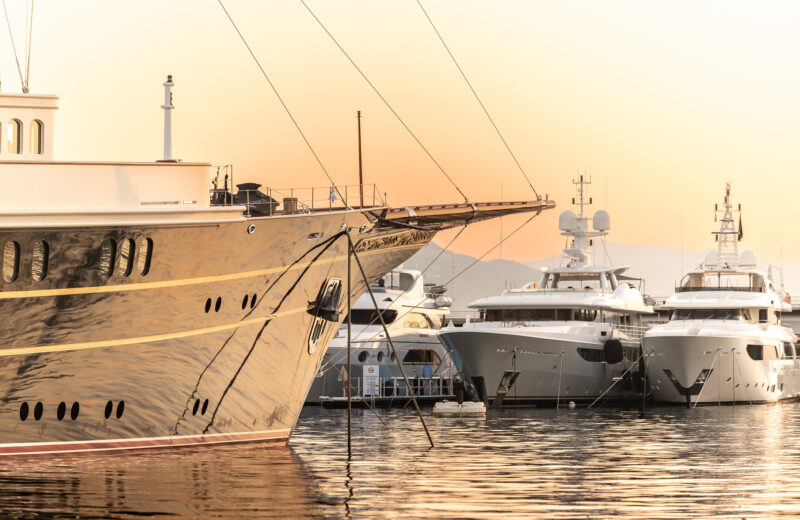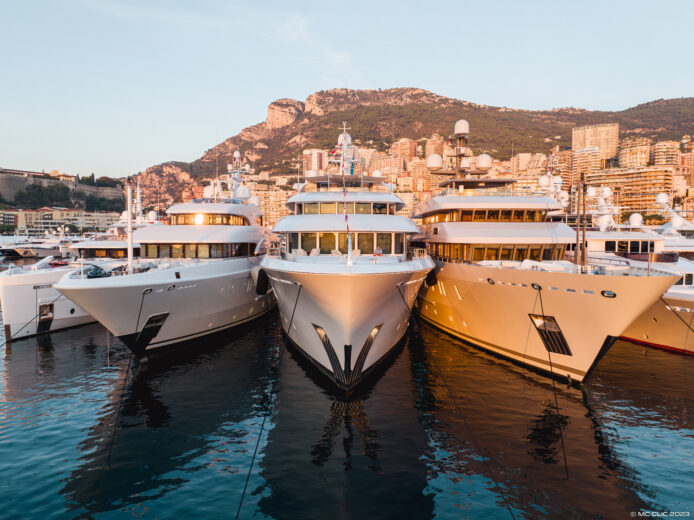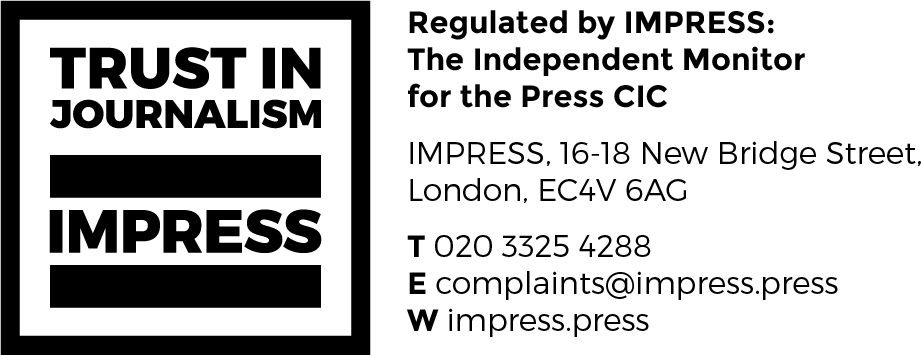Why amped-up asking prices lead to ‘frustration’

Superyachts at the Monaco Yacht Show. Photo: MYS.
Buyers and sellers have always danced to different tunes but amped-up asking prices are risking stagnation in the superyacht market, according to Will Christie, CEO, Christie Yachts.
The gap in valuations leads to yachts being on the market for longer, causing price reductions, dissatisfaction and potentially owners leaving the industry, he says.
READ: Fizz subsides from superyacht sales market
“It’s incredibly frustrating because we work in quite a flawed and opaque market,” Christie tells Superyacht Investor.
“Unfortunately, when owners go to sell their boat they meet a few different people who are all vying to get the instruction and they tell them they can get a really high price, and that is ridiculous and not what the market can attain.”
‘Ridiculous’
Christie uses the fictional example of an owner putting their yacht on the market for €100m and rejecting an early offer of €70m from a “good buyer”. The yacht then hangs around without selling for a couple of years, saddling the owner with further running costs of, say, €12-18m before selling for €65m somewhere down the line, with a “frustrated” owner left “scratching their heads”.
“If you price boats correctly from the outset they will sell quickly,” says Christie, who recently represented the buyer in the deal for the 95m (312ft) Lurssen Kismet, which had an asking price of €149m and sold in three weeks from initial inspection. Chris Cecil-Wright represented the seller.
“A quick sale often results in by far the best overall net financial outcome for an owner but unfortunately, because of this ridiculous situation, owners are being misguided and ill-advised and it’s a really frustrating process for them.”

Photo: Monaco Yacht Show.
‘Bonkers’
Valuing yachts, however, is not clear cut and is part science and part art, according to Peter Chettleborough, director at marine surveyor and consultancy Winterbothams.
“I don’t think you could write a guide to this in the sense that you’ve got to do ABC and then you’re there, it’s all over the place to be honest,” he says, adding that asking prices are often 15-25% above a yacht’s realistic value.
Unlike with guides like Aircraft Blue Book or VREF for corporate aviation, there is no handy almanac for used yacht prices. VesselsValue, the online algorithmic data tool, provided a reference point but nothing definitive. It is also withdrawing from the superyacht market in 2024.
“I’d love to be able to say that you’ve got a 7000 gross tonnage (GT) yacht that sold 15 years ago so you know the price per GT is X, therefore you can use the same ratio,” adds Chettleborough, who conducts about 30 valuations a year, either online or on site, for banks, lenders or family offices.
“But then it’s a question of art, talking to other people, working out if that is a true value. And then you need to look at the condition of the yacht and allow for that. So it’s a mixture of everything. It’s a bonkers industry.”
Owners should hold brokers’ feet to the fire
Christie agrees that market nous is the key.
“It’s not an exact science and so many things can make a difference to the value,” he says.
“When you delve deeper, that’s not something computer data can show, that’s a brokers’ understanding of what the market wants, what has got wide market appeal and what doesn’t – it can make a difference in value of 40%, literally, just because of layout and interior design. It’s not as simple as just chucking some numbers in a spreadsheet and seeing the data coming out the other end.”
But Christie advises buyers and sellers to do detailed due diligence on the market, ask probing questions and “hold their brokers’ feet to the fire”.
“It’s a huge decision to choose who to go with and I find it amazing how few people ask to speak to existing clients or ask for some kind of reference before they embark on possibly one of the biggest discretionary purchases or sales they might make. Many of these yachts are more expensive than their homes,” he says.

Aerial view of superyachts. Photo: Monaco Yacht Show
‘Irritating and irresponsible’
Ultimately, a yacht’s value is down to what someone is willing to pay, and conversely how much someone wants to sell, but settling on a “reasonable” figure for valuation is important for lenders, according to Bob Atkinson, a partner with JB Capital Group which arranges finance for superyachts and corporate jets.
“If we put something forward to lenders and it doesn’t make sense it will get found out, so we try to validate the price to understand its degree of reasonableness,” he says.
“There is always the gap between buyers and sellers – whether it is a house, an aircraft or a yacht. The brokers’ role is to get them to inch together to bridge that gap. It has been a sellers’ market for quite a while, but it is getting more balanced at the moment.”
Sign up for the Superyacht Investor newsletter for more news, features and opinion
But brokerage prices are being inflated by the alternative, which is building a new yacht, and the cost of these have gone up by in some cases 40%, says Christie.
“Raw materials, labour costs, inflation over the last few years … invariably the replacement cost is going to be significantly higher than anything else being sold,” adds Atkinson. “So are people getting value at the moment? They probably are.”
Christie says the lack of constructive advice on one side, and due diligence on the other, is “irritating and irresponsible”. He wonders whether potential new owners see yachts hanging around after prices are reduced and are put off entering what could be perceived as an “illiquid” market.
“It might ruffle a few feathers, but this situation does create stagnation in the market and causes a lot of frustration with owners, and I imagine it puts a lot of buyers off entering the market in the first place,” he says.
“It’s a huge industry – yards, crew management companies, insurers, shipyards maintaining boats, port marinas, fuel … we all feed off the back of people staying in the industry and new clients coming in.”

